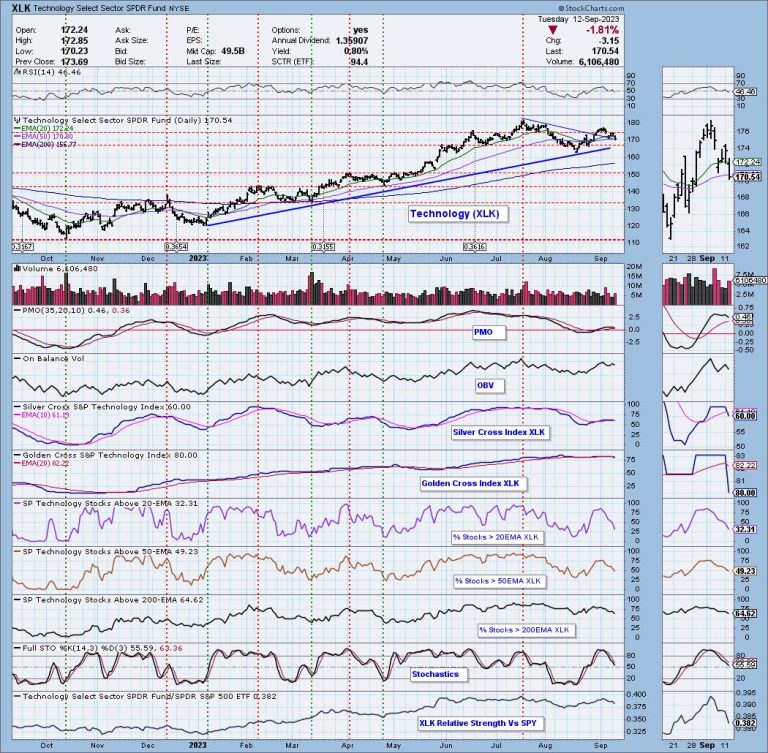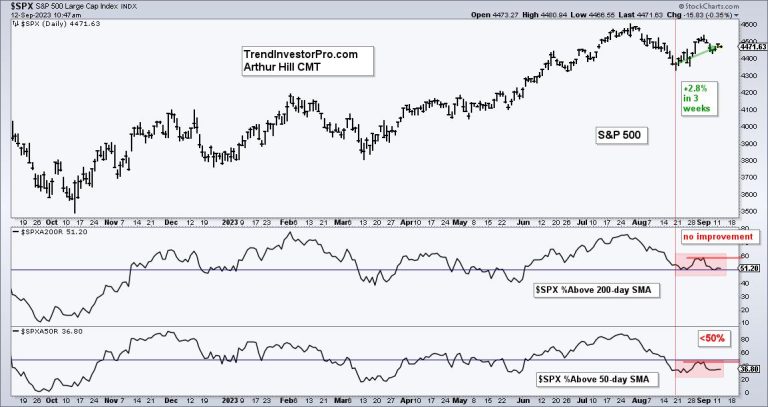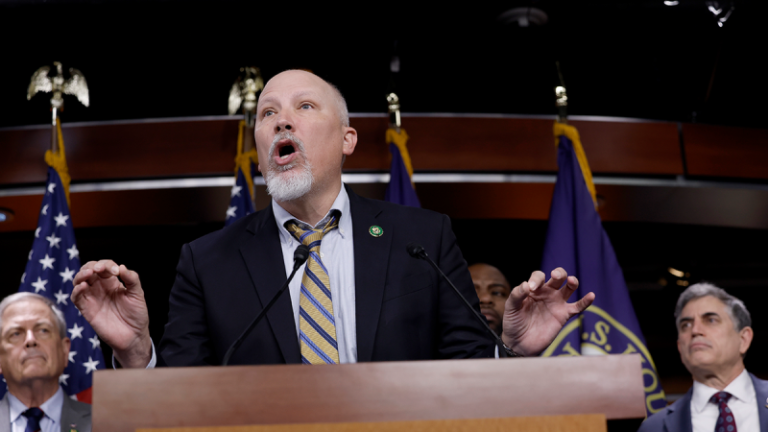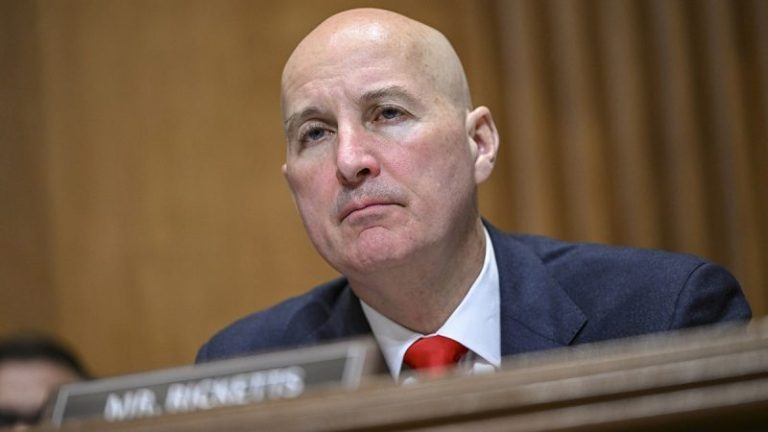EXCLUSIVE: Internal government communications obtained by Fox News Digital show administration officials scrambled to respond to information requests pertaining to Transportation Secretary Pete Buttigieg’s use of government jets.
According to the communications, officials within the Federal Aviation Administration’s (FAA) independent office that handles Freedom of Information Act (FOIA) requests actively consulted with a spokesperson for Buttigieg and a senior FAA official appointed by President Biden when processing the requests. In addition, they discussed how to sort data, enabling them to avoid sharing taxpayer costs of Buttigieg’s flights.
‘It’s become increasingly clear that the Biden administration is engaging in purposeful political meddling to protect Secretary Buttigieg and hide the true cost of his taxpayer-funded private jet travel,’ Caitlin Sutherland, the executive director of government watchdog group Americans for Public Trust, told Fox News Digital.
‘They continue to willfully ignore public disclosure laws, confirming the unofficial motto of this administration: Rules for thee, but not for me.’
In December, Fox News Digital reported that, based on flight tracking data, Buttigieg had taken 18 trips on an FAA-managed fleet of executive aircraft, reserved for government officials for occasions when flying commercial isn’t feasible. The flight records aligned with Buttigieg’s internal calendar obtained at the time by Americans for Public Trust.
Following that report, Fox News Digital filed an FOIA request for detailed information and costs of all flights logged by FAA planes since early 2021. For months, the DOT FOIA office repeatedly delayed providing the requested information.
Then, on Feb. 27, the FAA finally shared the flight log for its private jets almost immediately after the Transportation Department’s inspector general announced an investigation into Buttigieg’s use of the planes. The FOIA office, though, opted to leave costs associated with all the flights carrying Buttigieg and his advisers blank and ignored multiple attempts for clarification.
One day later, Fox News Digital filed a second FOIA request, asking for all internal communications related to the first request from December. Those communications were turned over this month.
‘One thing I did discuss with Randa: where we provide the ‘…cost the FAA charged for the flight…’, to use a header for that column that is something like ‘OMB Circ A-126 Cost,’’ Wil Riggins, the vice president of the FAA Flight Program Operations office, said in a Jan. 20 email to other officials discussing the Fox News Digital request from December.
Randa appears to be a reference to Alexandra Randazzo, a senior FAA attorney.
The email from Riggins — who remains the most senior official in the Flight Program Operations office which maintains the government jets — came in response to an email thread from a month prior in which a senior adviser said they would hold on any action related to the request until ‘preliminary discussion’ was conducted.
Further, by altering how costs for the flights requested by Fox News Digital were defined, the FAA appeared to have found a loophole to avoid sharing such cost information.
On Jan. 30, six days after his email, Riggins then abruptly contacted Transportation Department spokesperson Benjamin Halle and FAA Assistant Administrator for Communications Matthew Lehner, who Biden appointed to the position in 2021, to arrange a conference call discussing the FOIA request. The call took place less than an hour later.
‘Wil, is it possible to send over the spreadsheet when you get a sec? I know it’ (sic.) not final, I just want to check it against our record to make sure what we have is all accurate,’ Halle emailed after the call.
Riggins responded shortly after with the entire flight log of Buttigieg’s flights on government jets. In addition, on Jan. 30, FOIA manager Dean Torgerson informed other officials that the responsive records were compiled, meaning the entirety of the records Fox News Digital requested were produced about a month before the FAA finally shared them on Feb. 27.
The communications additionally show Riggins repeatedly delayed giving his final signature on the FOIA production for reasons unknown to lower-level FOIA managers.
At one point, on Feb. 14, a senior adviser to Riggins arranged a phone call with Torgerson who inquired about the delay. A week later, on Feb. 27, when Torgerson was asked by others whether the FOIA records had been given a final signature, he said he ‘advised that their Deputy VP can sign on behalf of the VP.’
After additional back-and-forth, Torgerson was informed on Feb. 27 at 1:10 p.m. that Riggins had finally signed off on the records, allowing them to be shared with Fox News Digital. Four minutes later, The Washington Post, citing information given to it by the Department of Transportation, scooped that agency’s inspector general had opened its probe into Buttigieg.
After the FOIA was shared, Fox News Digital emailed the FOIA office multiple times, asking for clarification on why the taxpayer costs of Buttigieg’s flights were omitted. While the agency never responded, the emails show officials discussed the issue offline.
‘The FAA follows FOIA requirements and regulations which include ensuring a complete response,’ the FAA said in a statement to Fox News Digital. ‘We routinely provide internal notifications about FOIA updates and responses.’
Riggins did not respond to a request for comment.
And in a separate email to Fox News Digital, Lehner said it is standard FAA practice that the FOIA office advises ‘when a media FOIA is released.’ However, the emails showed Lehner communicated with Riggins several weeks before the FOIA was released.
Thomas Catenacci is a politics writer for Fox News Digital.
This post appeared first on FOX NEWS










